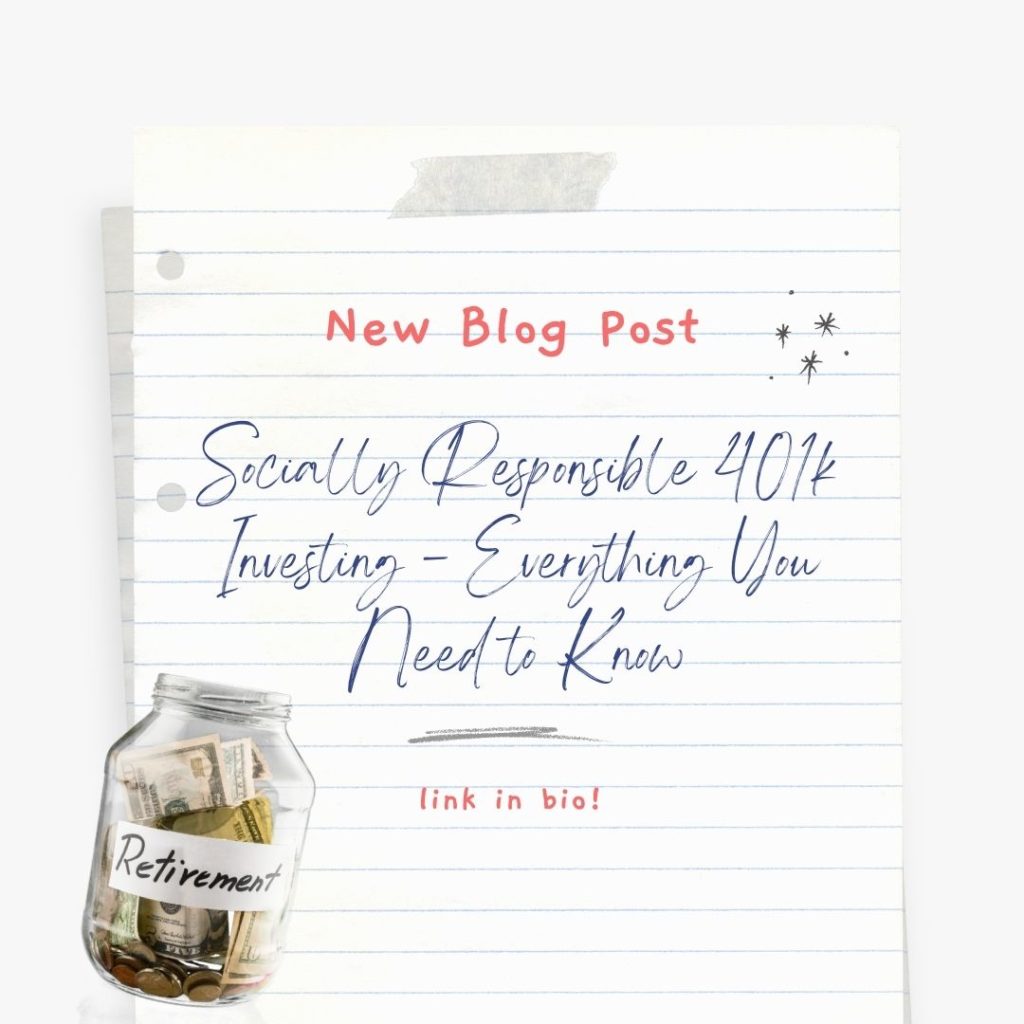As we’ve seen over the past year, there is no longer any reason or excuse to deny that climate change exists. Extreme weather events have become the norm, global temperatures are rising, and glaciers are retreating around the world. We are constantly being warned that if our fossil fuel consumption, energy levels, and habits don’t change, we’ll continue to see devastating climate effects – including severe temperature changes yet this century.
While a small, but vocal, minority cling to the mindset that “if it’s cold where I am, global warming can’t possibly be real”. In truth, weather and climate are two very different phenomena. The recent rise in “polar vortex” conditions allows this myth to cling while in reality, global warming is actually the cause behind the record-low temperatures and extreme weather events we’ve been growing accustomed to.
The Green New Deal Outline
Rep. Alexandria Ocasio-Cortez, D-NY, and Senator Ed Markey, D-Mass, have proposed a potential framework for both climate change and economic policy dubbed the “Green New Deal”.
The proposed solutions are big and bold. Yet, they aren’t near as big as the threat climate change presents to our current standard of living.
Proposed as a 10-year plan, the Green New Deal calls for:
- “Meeting 100 percent of the power demand in the United States through clean, renewable, and zero-emission energy sources.”
- Upgrading all existing buildings in the United States for energy efficiency
- Promoting universal access to healthy food while working with farmers to decrease or eliminate greenhouse gas emissions
- Overhauling transportation systems – including expanding electric car manufacturing, charging stations, and implementing high-speed rail systems
In addition to these climate-focused agenda items, the Green New Deal is interested in progressive economic policies – including universal healthcare, access to quality and meaningful work, and other tax policies.
While the Green New Deal is proposed as more of a framework for change than a “how-to” document, there is no denying the underlying issues are at least being brought up for public attention, media conversation, and potential legislative change. How long that takes is still undetermined.
Looking for what you can do now to help reduce the effects of global warming and climate change? Our environmental investment portfolio invests only in companies already taking these steps to reduce their footprint and develop sustainable energy sources. Reach out to us @ https://www.investedinterests.com/contact-us/ and lets #investinwhatmatters together.




